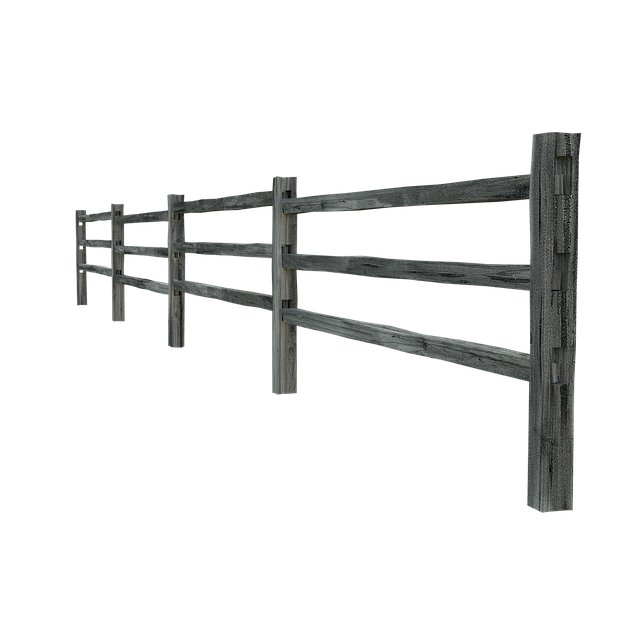Maintaining your New Bedford home’s privacy fence is essential for both its aesthetic appeal and structural integrity. This guide provides a comprehensive overview to help homeowners keep their fences in top condition. We’ll explore the critical purpose of your privacy fence, offering a tailored maintenance schedule with cleaning tips, damage inspection advice, and strategies to secure against common threats. Learn when to opt for professional repairs or tackle issues DIY-style, along with seasonal care practices to ensure longevity.
- Understanding Your Privacy Fence's Purpose
- Regular Cleaning and Maintenance Schedule
- Inspect for Damage and Wear & Tear
- Secure Fences Against Potential Threats
- Professional Repairs vs DIY Solutions
- Seasonal Care Tips for Optimal Lifespan
Understanding Your Privacy Fence's Purpose
Your privacy fence serves as more than just a barrier; it’s a sanctuary, shielding your New Bedford home from prying eyes and unwanted visitors. Understanding its purpose goes beyond aesthetics—it’s about preserving peace of mind and securing your personal space. A well-maintained fence not only enhances curb appeal but also reinforces the safety and value of your property. By regularly inspecting for damage, promptly repairing issues, and keeping it clean and organized, you extend its lifespan and ensure it continues to serve its protective role effectively.
Regular maintenance is key to keeping your privacy fence functional and aesthetically pleasing. Check for loose posts, rotting boards, or damaged rails, addressing these problems promptly to prevent further deterioration. Seasonal weather changes can take a toll, so be extra vigilant during fall and winter, when frozen ground and harsh storms might cause structural shifts. Cleaning the fence regularly removes debris and allows you to spot any potential issues more easily, ensuring your privacy barrier remains as robust and reliable as ever.
Regular Cleaning and Maintenance Schedule
Keeping your privacy fence clean and well-maintained is essential for its longevity and aesthetic appeal. Establish a regular cleaning schedule, ideally once or twice a month, to remove debris, dust, and any buildup on the fence’s surface. Use a soft brush or hose to gently clean the fence, paying close attention to areas with overgrowth or accumulation.
Additionally, inspect your privacy fence regularly for any signs of damage, such as loose boards, rotten sections, or broken fasteners. Address these issues promptly to prevent further deterioration. Consider using a water-based preservative or sealant once a year to protect the wood and ensure it remains robust against the elements.
Inspect for Damage and Wear & Tear
Regularly inspecting your privacy fence is an essential part of maintenance, especially in New Bedford’s ever-changing weather conditions. Keep an eye out for any signs of damage, such as broken or missing pickets, warped panels, or loose posts. These issues could be a result of heavy storms, strong winds, or even local wildlife. Regular checks will help you identify problems early on, making it easier to repair or replace damaged sections before they compromise the overall integrity of your fence.
When inspecting, also look for signs of wear and tear, such as peeling paint, rusted hardware, or faded colors. These indicators may require more frequent maintenance, like re-staining, painting, or replacing worn-out components to keep your fence looking its best and ensure it continues to provide the privacy you desire.
Secure Fences Against Potential Threats
To ensure your privacy fence remains effective at protecting your New Bedford home, regular maintenance is key to securing it against potential threats. One crucial step is inspecting for any signs of damage or weakness, such as loose or rot-damaged boards, bent posts, or broken hinges. Promptly repairing these issues not only maintains the aesthetic appeal of your fence but also bolsters its structural integrity.
Additionally, consider reinforcing your fence with robust materials and security features. For instance, using treated wood or composite materials can enhance durability against elements like rot and pests. Installing security gates or adding locking mechanisms at entry points further strengthens your fence’s role as a reliable barrier, safeguarding your home from unauthorized access.
Professional Repairs vs DIY Solutions
When it comes to privacy fences, New Bedford homeowners often face a choice between professional repairs and DIY solutions. While do-it-yourself (DIY) approaches can seem appealing due to cost savings and convenience, professional repair services offer several advantages that might make them the better option. Experts have the necessary skills and tools to handle complex issues effectively, ensuring your fence is restored to its full structural integrity and aesthetic appeal.
Professionals also understand local building codes and regulations, which is crucial for safety and legal compliance. DIY repairs may not meet these standards, leading to potential risks and fines. Moreover, professionals can provide long-term solutions by identifying underlying causes of damage, preventing recurring issues, and extending the life of your privacy fence.
Seasonal Care Tips for Optimal Lifespan
Privacy fences, like any outdoor structure, require seasonal care to maintain their optimal condition and lifespan. During spring, inspect your fence for any signs of damage or wear and tear caused by winter weather. Repair or replace damaged sections promptly to prevent further deterioration. A light cleaning with a soft brush or hose can help remove accumulated dirt and debris.
For summer maintenance, regular cleaning and sealing can protect the fence from UV rays and moisture, which can cause wood rot or rust in metal components. In autumn, consider a deep clean to prepare for winter. Remove leaves and debris that might trap moisture, and apply a fresh coat of paint or sealant to shield the fence from cold weather. Winter is also an excellent time to assess the overall condition of your privacy fence, planning any necessary repairs or replacements for the next spring season.
